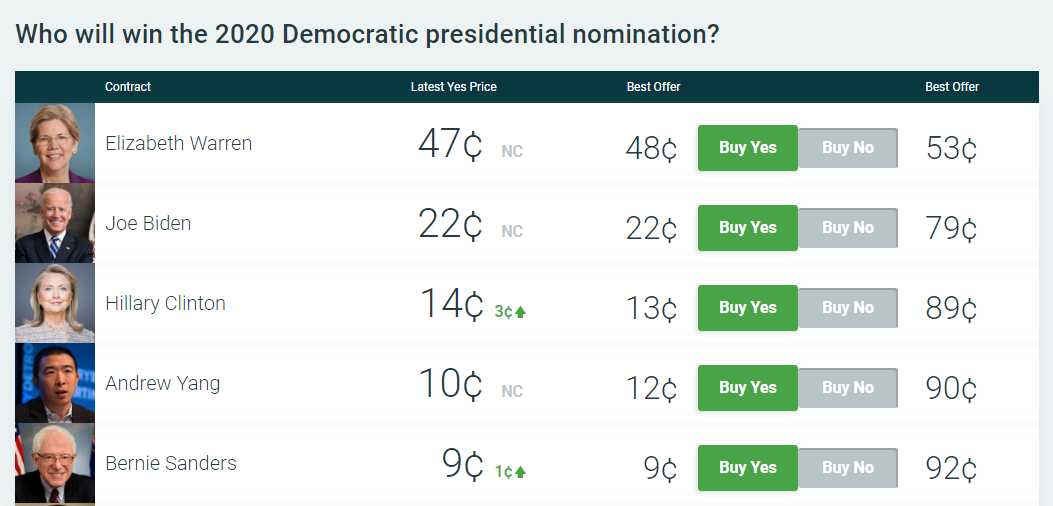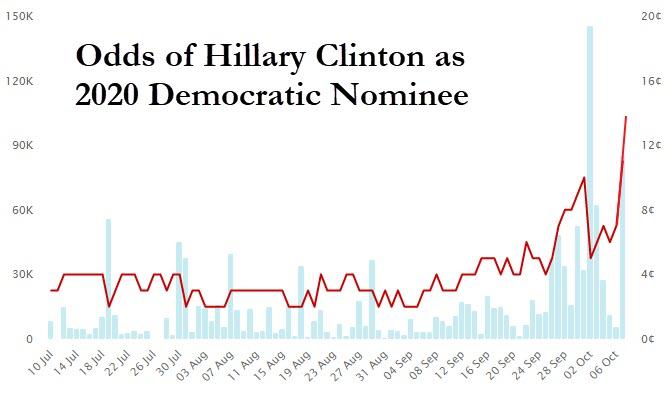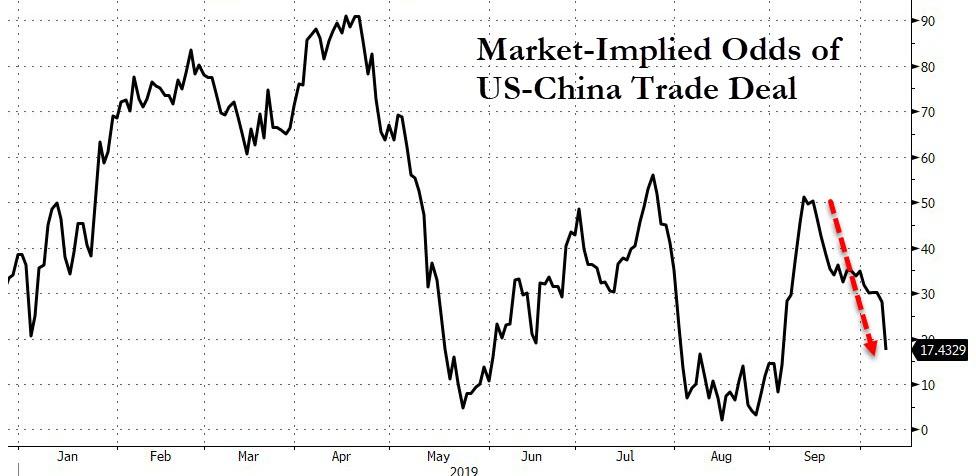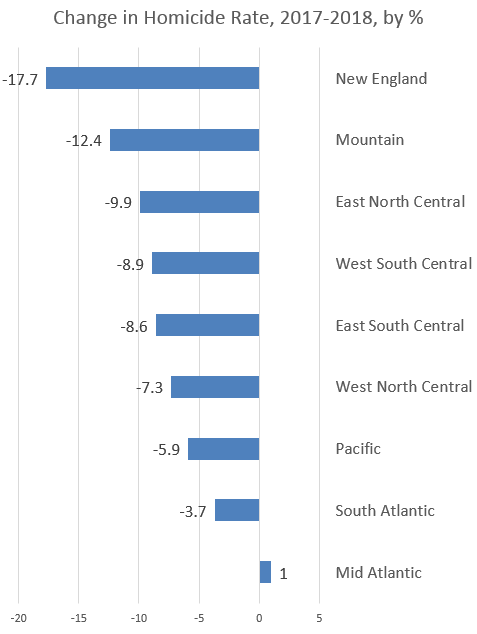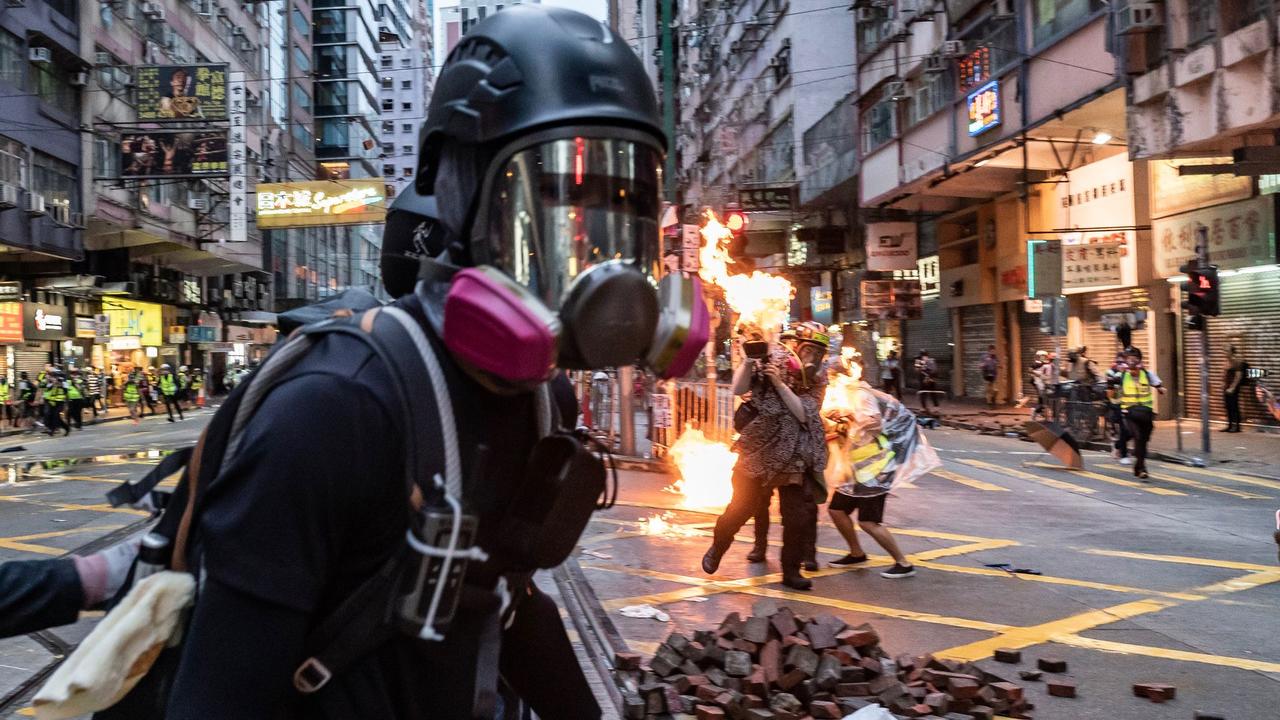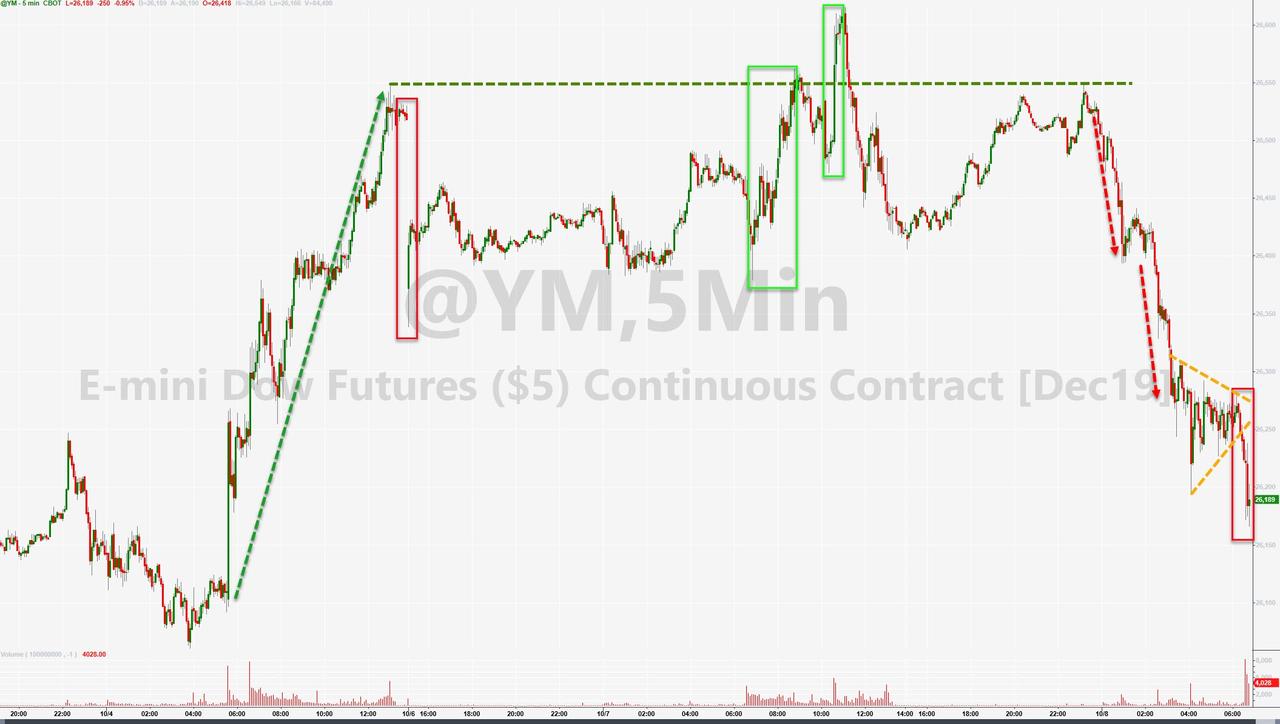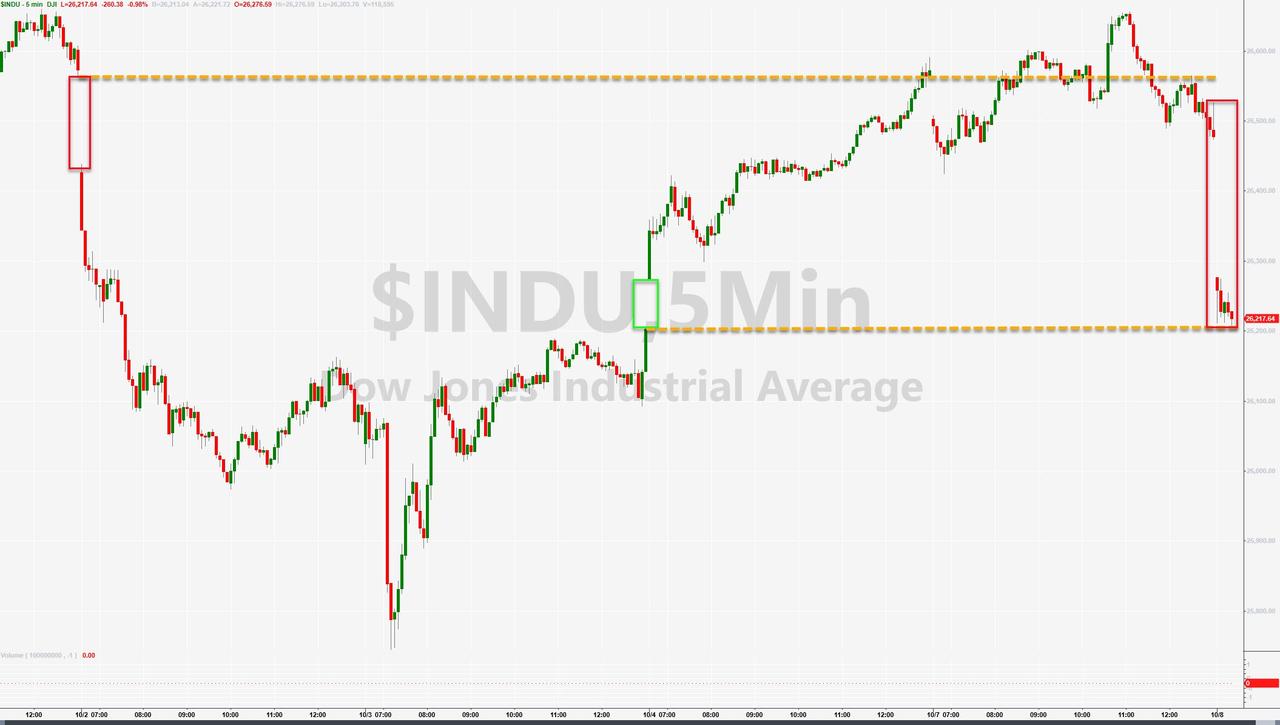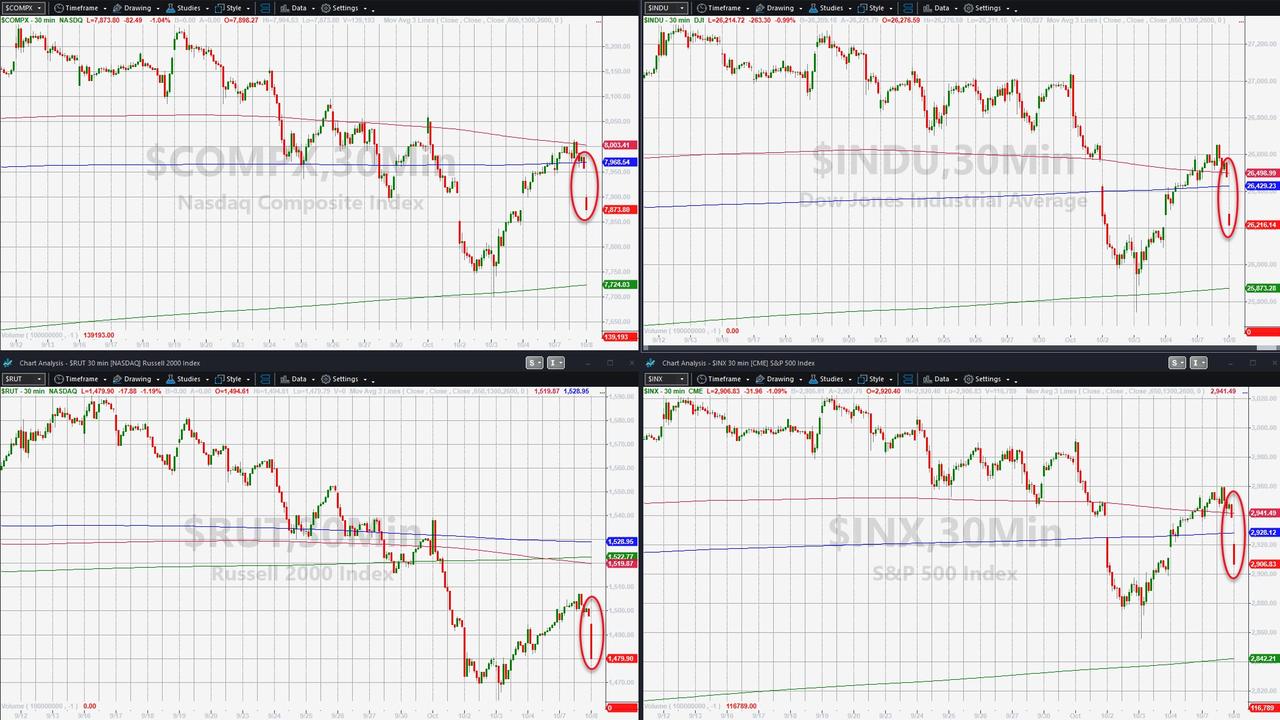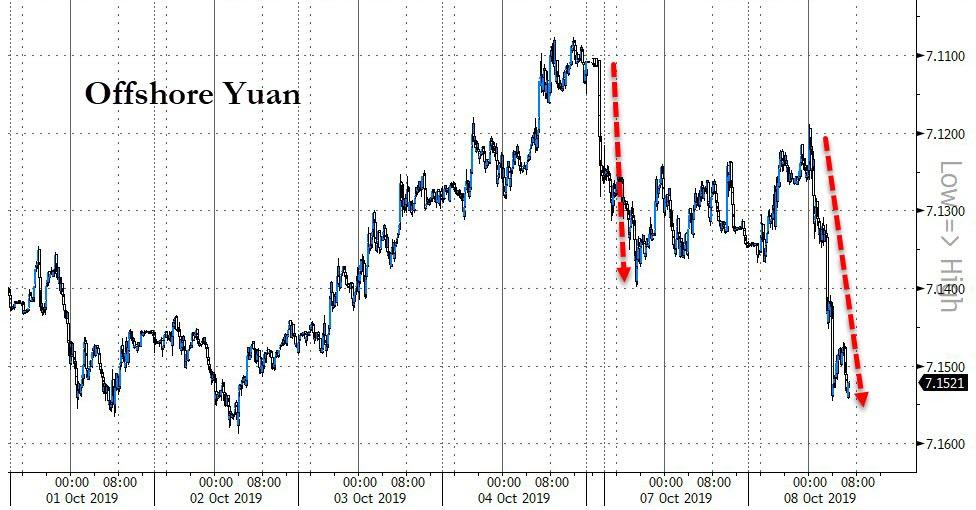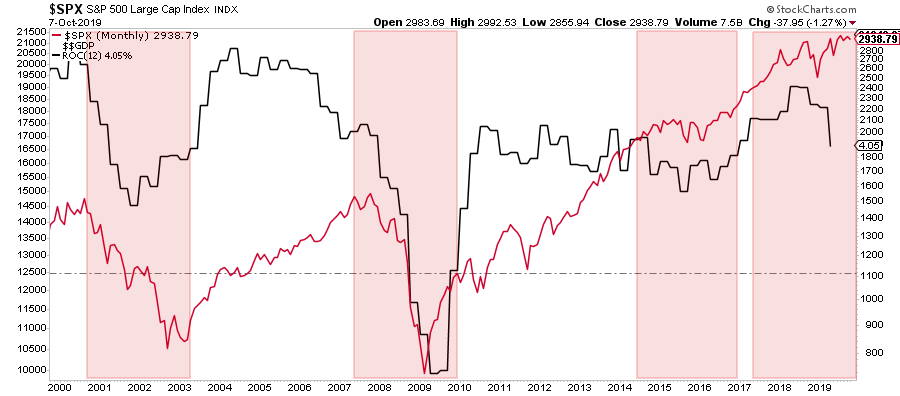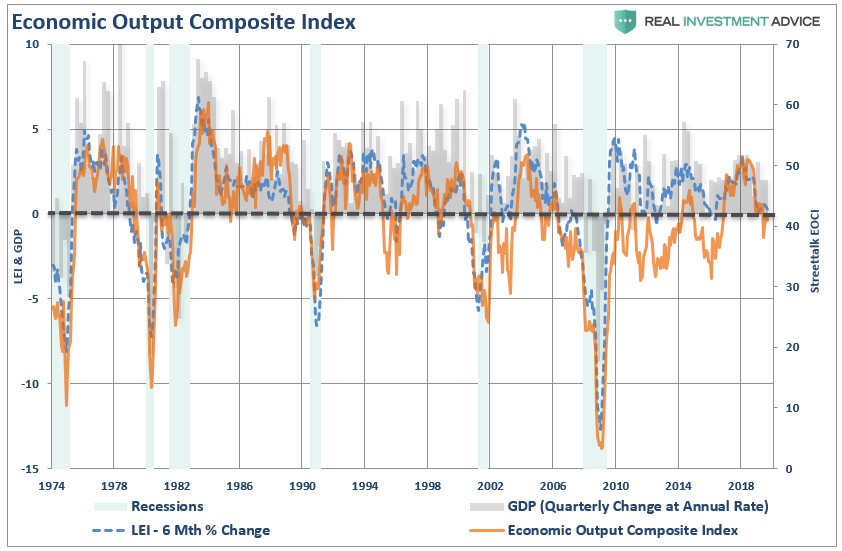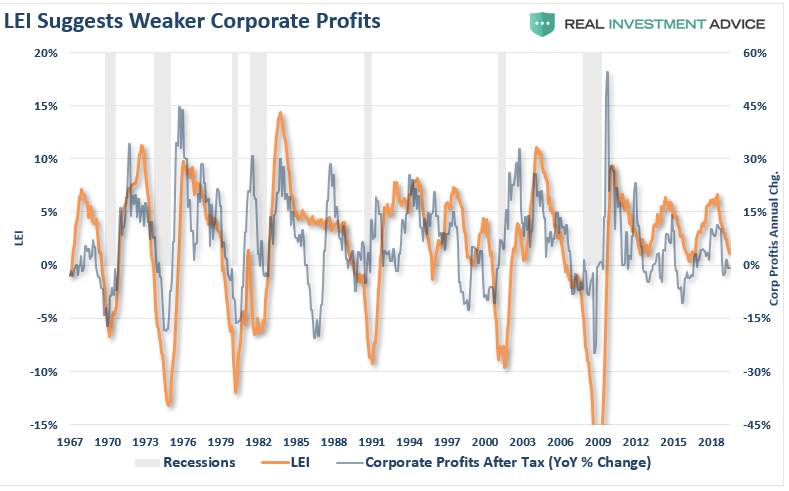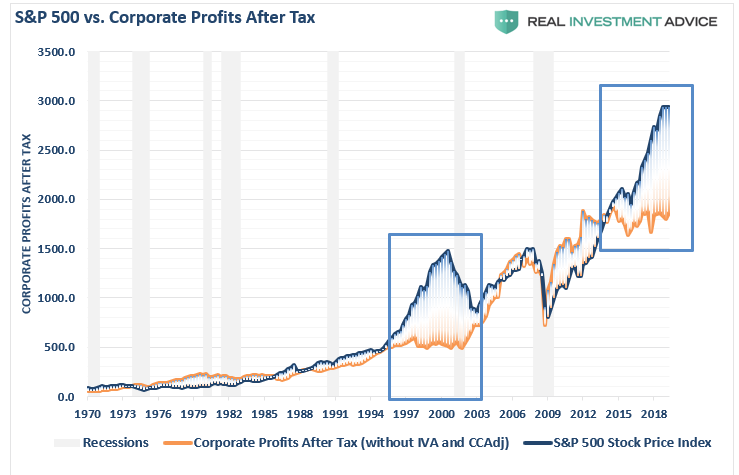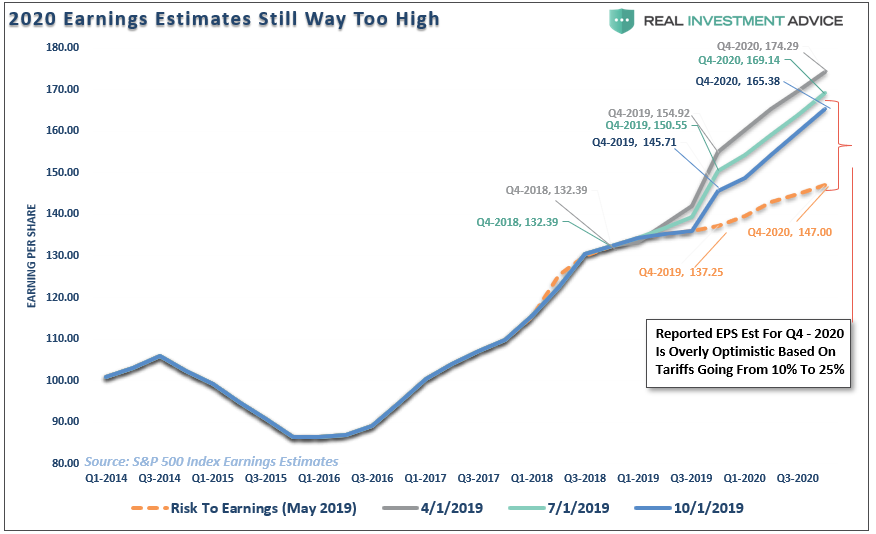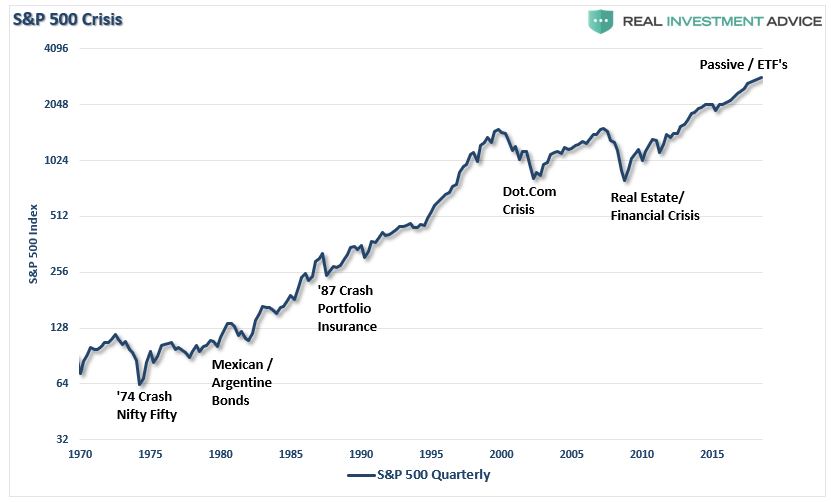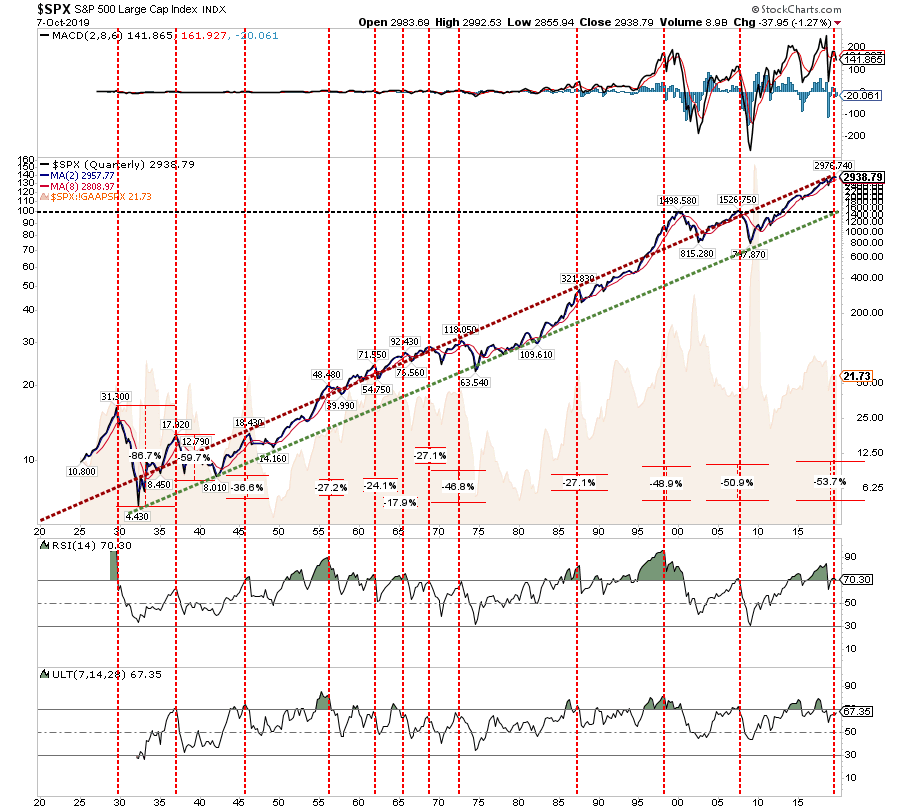Is AOC’s New “Just Society” Platform Worse Than Green New Deal?
Authored by Sarah Cowgill via LibertyNation.com,
Couch surfers, basement dwellers, and welfare-system abusers are rejoicing at Rep. Alexandria Ocasio-Cortez’s (D-NY) latest harebrained scheme to rally votes for the progressive radical left. While her Green New Deal struggles on life support – surviving only by the prayers of Bernie Bros through the ether – AOC recently released her plan to equalize the nation.
It’s called the Just Society, and, according to the woman who allows no reality to contaminate her legislative dreams, it constitutes a “suite” of legislation – five bills and one resolution – that will “build a just society to protect our communities and uplift our neighbors.”
How noble.
The sweet “suite” looks a bit like a safe space where nobody wants to seek shelter:
-
Recognizing Poverty Act
-
Place to Prosper Act
-
Mercy in Re-Entry Act
-
Embrace Act
-
Uplift Our Workers Act
-
Ratify the UN Covenant on Economic, Social, & Cultural Rights
What do those things even mean? Pretty words that simply cannot camouflage the mind of a straight- up socialist. AOC hopes to increase the national poverty baseline to those earning $38,000 a year, impose rent control coast to coast, place parolees on all welfare programs, and provide the entirety of American health and welfare services to illegal aliens whether they want them or not.
The AOC Way – To Third World Status
Let’s face a few facts on AOC’s latest fantasy: $38,000 a year is not a bad salary depending on where you live. For instance, the median home price in the city of Indianapolis, IN, is $102,000 while median income is $66,000. In San Francisco, CA, your mainstream single-family home is going to cost $1.36 million – but average income is only $96,265. See the problem? It’s not going to help the state of California to open the floodgates for the good people in Indiana who happily buy a home, feed and clothe families, while making less than $40,000 to hand out food stamps and health care. They simply don’t need it. But who is going to turn down all that free stuff?
Ah, rent control: Number two on the AOC-to-mess-with list. Calls for a nationwide – not select locations – mandate to limit increases by only 3% per year. Property owners have little incentive to rent to anyone – anywhere – only to be hobbled in making a profit.
Footing the bill for illegal aliens’ food stamps and health care has been shown to be a deal killer for Americans – folks who work maximum hours for minimum wages. But AOC has gone so far as to adding parolees on the recipient list of free stuff, because, well, maybe they won’t commit any additional crimes. Of course, there is no data to confirm the Mercy Act will do much good in that department. The federal Bureau of Justice Statistics tracks released felons and concludes recidivism is ridiculously high, and these folks aren’t buying Ramen noodles and baby formula. Researchers found during a nine-year study of 67,966 prisoners from among the 401,288 prisoners released:
-
The 400,000 released prisoners racked up nearly two million arrests during the nine-year period, or about five arrests per man or woman.
-
Forty-four percent were arrested during their first year following release, 68% were arrested within three years, 79% within six years, and 83% within nine years.
And lest we forget, the Uplift Our Workers Act is pure, misleading hogwash. This fabulous piece of economic destruction instructs the Department of Labor to prioritize awarding of federal contracts to companies that have a $15 minimum wage and paid maternity leave – and you can imagine the rest of her demands. Quality and price be damned, just show us your feel-good work policies whether any of the above applies.
Her final salvo is to force the United States to sign on to an international accord that stipulates all people “have the right to work, fair and just conditions of work, social security, an adequate standard of living, including adequate food, clothing, housing, and healthcare.”
As Liberty Nation’s economic expert Andrew Moran writes:
“It can be difficult to fault the Congresswoman for believing that everything is a human right. She was born in 1989 to a generation that has had every tantrum satisfied, every whim realized, and every shattered dream covered up by well-intentioned parents. She might be coming from the heart, but this is where her philosophy of being morally right over factually correct is dangerous.”
And we’ll just leave this latest AOC boondoggle to die the same tragic, unspeakable death as the Green New Deal. Bless her heart.
Tyler Durden
Tue, 10/08/2019 – 11:40
via ZeroHedge News https://ift.tt/2LZ85nG Tyler Durden

